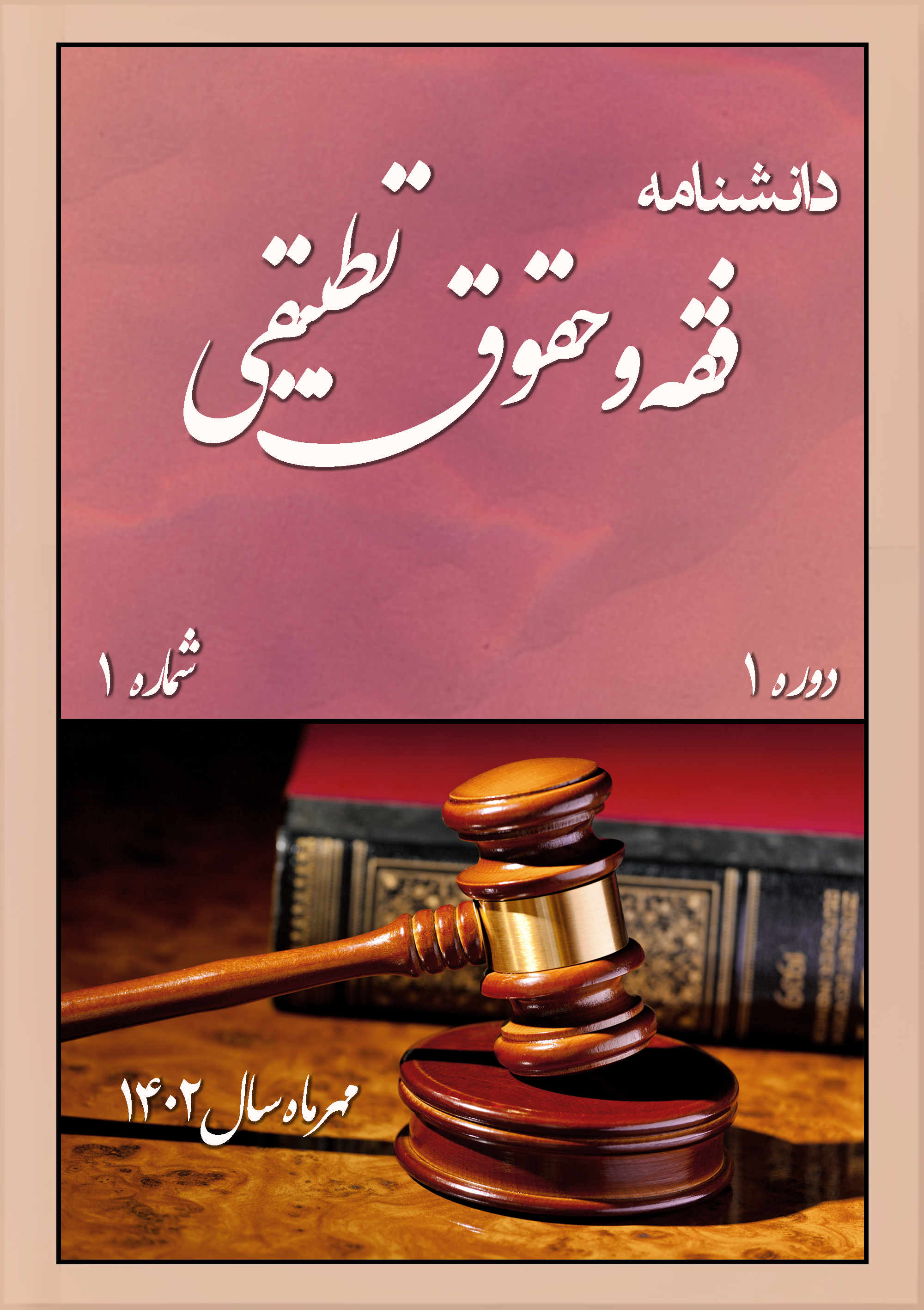Judicial Approach of WTO Dispute Settlement Bodies in Interpreting TRIMs Obligations: Rethinking the Boundary Between National Sovereignty and the Global Trade Order
Keywords:
trade justice, judicial approach, industrial development , World Trade Organization, TRIMsAbstract
The main issue of this research is the examination of the judicial approach of the World Trade Organization (WTO) in interpreting and implementing the Agreement on Trade-Related Investment Measures (TRIMs) and its impact on balancing the interests of developed and developing countries. The primary objective of the article is to provide a critical analysis of WTO jurisprudence in TRIMs disputes and to offer solutions for achieving convergence between international obligations and the developmental needs of states. The research method is descriptive-analytical, based on the study of actual WTO dispute cases, agreement texts, and authoritative domestic and foreign books and articles. The findings show that although the WTO judicial approach has contributed to legal clarity and predictability in trade, it has imposed significant constraints on the developmental tools of developing countries and limited the necessary flexibility for transitional periods and industrial policies. Examination of cases such as Indonesia – Autos, India – Autos, and Canada – Periodicals reveals that developmental considerations have often been overlooked in the interpretation of TRIMs, thereby disrupting the balance of members’ interests in favor of developed countries. The study further demonstrates that through judicial reforms, the implementation of flexible transitional periods, utilization of developing countries’ initiatives, and greater convergence between developmental needs and international obligations, existing limitations can be mitigated and the balance of interests improved. Ultimately, the article emphasizes that establishing appropriate legal and economic mechanisms for states, in addition to strengthening trade justice, will foster sustainable industrial development and enhance the efficiency of the multilateral trading system.
Downloads
References
Brown, M. (2022). Investment Policies and the WTO. Cambridge University Press.
Jamali, N. (2016). WTO Law and Investment. Mizan Publications.
Keshavarz, B. (2002). Analysis of the TRIMS Agreement in Light of Iranian Law. Legal Quarterly, Faculty of Law and Political Science, University of Tehran(59), 45-60.
Matsushita, M., Schoenbaum, T., Mavroidis, P., & Hahn, M. (2025). The World Trade Organization: Law, Practice, and Policy. Oxford University Press.
Mehrpour, H. (2011). A Critical Review of Transition Periods in the TRIMS Agreement. Private Law Research(24), 65-80.
Qureshi, A., & Ziegler, A. (2021). International Economic Law. Sweet & Maxwell.
Van den Bossche, P., & Zdouc, W. (2017). The Law and Policy of the World Trade Organization (4th ed.). Cambridge University Press. https://doi.org/10.1017/9781316662496
World Trade Organization. (1994). Agreement on Trade-Related Investment Measures.
World Trade Organization. (1997). Canada - Periodicals, Appellate Body Report. WT/DS31/AB/R
World Trade Organization. (1998). Indonesia - Autos, Appellate Body Report. WT/DS54/55/59/64
World Trade Organization. (1999). Philippines - Automotive Investment Measures, Panel Report. WT/DS179/R
World Trade Organization. (2002). India - Autos, Appellate Body Report. WT/DS146/AB/R
Zamani, S. G. (2009). World Trade Organization Law. SAMT Publications.
Downloads
Published
Submitted
Revised
Accepted
Issue
Section
License
Copyright (c) 1404 حسن عبداله زاده (نویسنده); سید یاسر ضیایی; حاتم صادقی زیازی (نویسنده)

This work is licensed under a Creative Commons Attribution-NonCommercial 4.0 International License.










